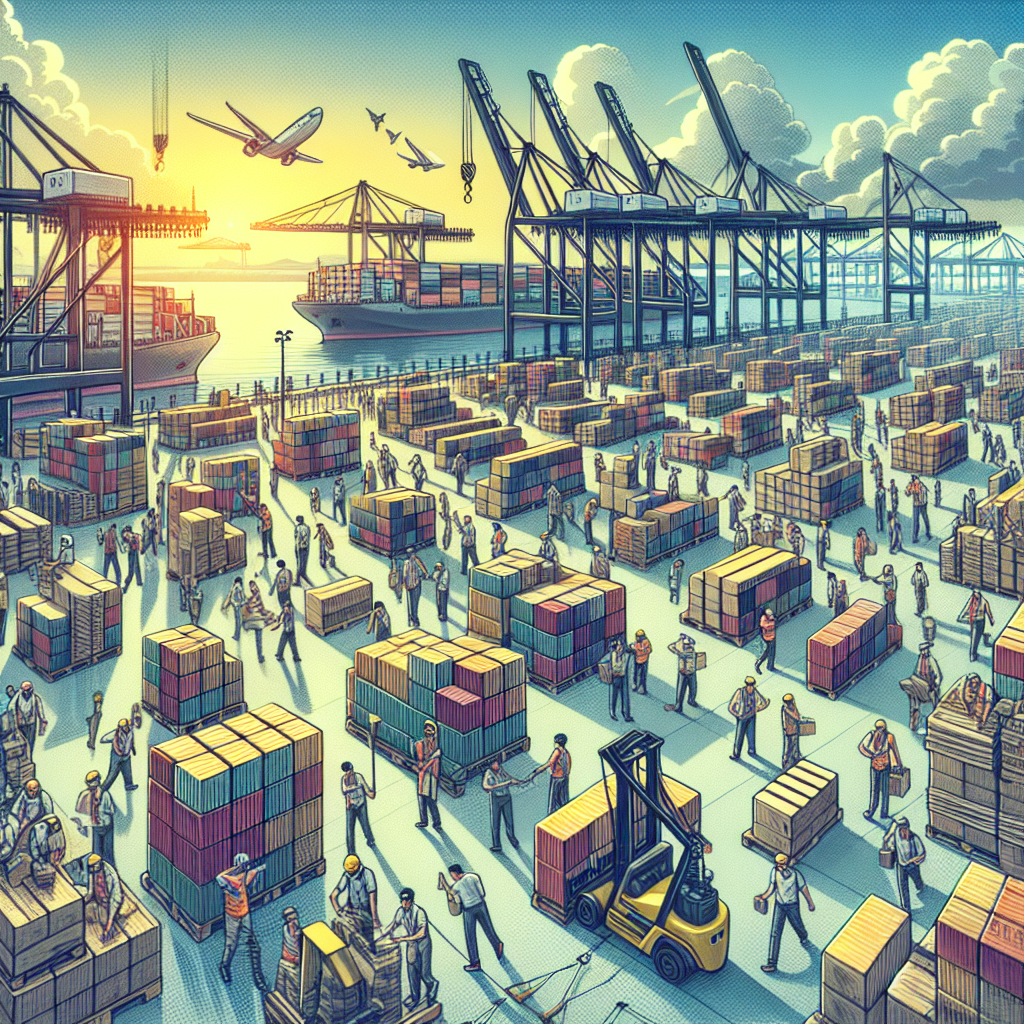In the background of the Trump administration’s push for fair trade and equal tariff policies, an increasing number of American importers are accelerating the establishment or leasing of bonded warehouses to lower import costs, strengthen capital deployment, and adapt to the ever-changing international trade situation.
Bonded warehouses are facilities approved by the U.S. Customs and Border Protection (CBP) that allow businesses to store imported goods for up to five years without having to immediately pay tariffs. Tariffs are only paid when the goods officially enter the U.S. market, based on the prevailing tax rates at that time, providing businesses with more flexibility in fund and inventory management.
Currently, there are over 1,700 bonded warehouses in the United States. With the increase in tariffs on Chinese import goods, the demand for bonded warehouse storage has significantly risen, leading to a shortage of warehouse space and a surge in rents. According to data from logistics firm WarehouseQuote, since the beginning of 2025, bonded warehouse rents have skyrocketed to four times that of regular warehouses.
Maggie Barnett, CEO of Utah-based logistics company LVK Logistics, stated that the company is transforming one of its warehouses into a bonded facility, calling it “an important response to the current tariff environment” and estimating the application process to take three to four months.
Chris Rogers, head of the supply chain analysis team at S&P Global Market Intelligence, expressed that bonded warehouses can be established almost anywhere. Although it requires investment and time, for large enterprises expecting high tariffs to persist for an extended period, converting existing space into a bonded warehouse is a viable strategy.
However, the process of applying for bonded status is facing challenges. Chris Huwaldt, Vice President of WarehouseQuote, pointed out that some applications have been delayed for over six months, whereas it typically took just a few months last year. The cost of obtaining bonded status varies depending on the region, financial condition of the enterprise, and safety standards, ranging from thousands to nearly a hundred thousand dollars.
Despite still needing to pay tariffs, the flexibility of bonded warehouses allows businesses to pay in installments according to their sales pace, greatly improving cash flow. Cindy Allen, former FedEx logistics executive and current shipping consultant, highlighted that many companies importing from China, whether Chinese firms or American importers, utilize bonded warehouses to alleviate financial pressure.
“While tariffs still need to be paid when goods are withdrawn, this approach enables businesses to stagger tariff payments in sync with sales progress, aiding in cash flow management,” she added.
She noted that unlike many businesses passively enduring tariffs during Trump’s first term, companies now are more proactive in avoiding the pitfalls of high costs and forced supply chain shifts. The surge of companies flocking towards bonded warehouses is unprecedented.
However, this warehouse boom comes with policy risks. The U.S. currently has a 90-day tariff grace period on Chinese import goods, which could still see tariff rates being raised afterward. Vladimir Durshpek, co-founder of Florida-based warehouse company CargoNest, admitted considering expanding with a third bonded warehouse but is waiting for the outcome of U.S.-China negotiations. “We don’t want to expand only to face policy changes soon after.”
Brian Tu, Chief Revenue Officer of California-based warehouse company DCL Logistics, mentioned that the decision to set up a bonded warehouse has not been finalized because it’s “difficult to gauge if the demand can be sustained.”
Jacob Roseburrough, Market Director of WarehouseQuote, also cautioned that if tariff policies change after approval of the application, the strategic value of bonded warehouses could be significantly diminished.
Faced with policy uncertainty and market pressures, American importers are actively deploying strategies to seek stability amid uncertainties.
(Adapted from relevant reports by Reuters)

